Our methodology emphasises the importance of collaboration and
structured approach in the implementation of outstanding lighting solutions.
The close collaboration of all those involved plays a crucial role throughout the entire process, especially in the translation of ideas and solutions. This proven design and implementation process ensures the realisation of new ideas of the highest quality.
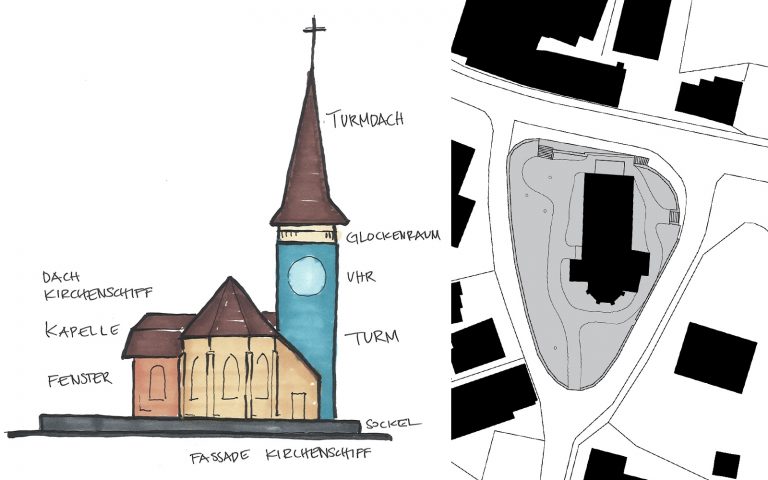
Determing basics
The basic assessment is an essential step in lighting design. It begins with a comprehensive needs analysis in which the needs and requirements of the users are identified. Visual tasks, room utilisation and technical equipment are taken into account. Important factors are the size of the room, materials and colours of the walls, floor and ceiling.
Visual, emotional and biological aspects are incorporated into the basic principles and formulation of objectives. The aim is to develop an optimal lighting solution that fulfils both functional and aesthetic requirements and supports the well-being of the user.
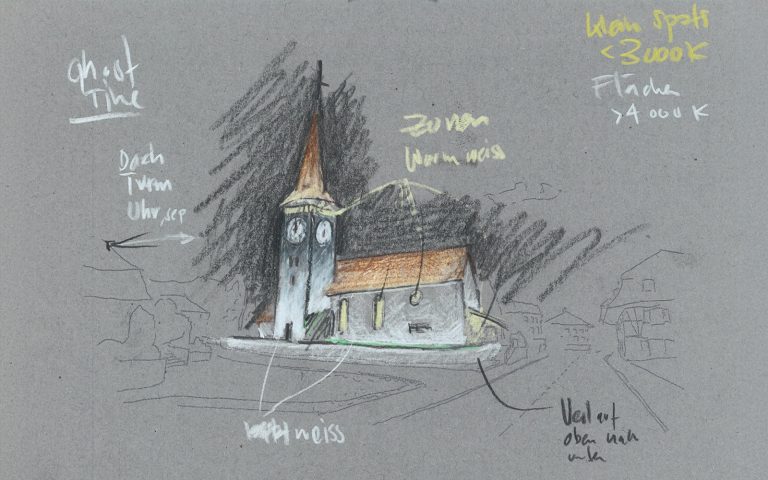
Concept
Concept work in lighting design is a creative process that builds on the results of the basic assessment. This is where innovative ideas are developed to design rooms optimally using light. The lighting designer takes into account various aspects such as functionality, aesthetics and energy efficiency. Lighting scenarios are designed that support the atmosphere of the room and at the same time meet the practical requirements. The selection of suitable means, the positioning of light sources and the integration of daylight play a central role. The aim is to create a harmonious overall concept that emphasizes the architecture, promotes the well-being of the users and at the same time takes technical and economic aspects into account.
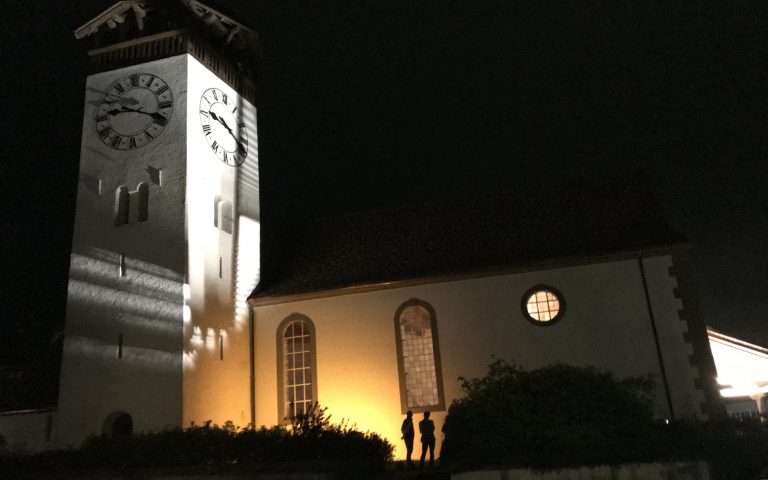
Lighting Test
Light tests in lighting design are essential to check the feasibility of a concept and to coordinate it with the materials. Sampling allows illuminance levels, glare and color rendering to be assessed. This enables adjustments to be made at an early stage and optimizes the end result. Planners can thus save costs and increase customer satisfaction. A thorough lighting test ensures that the lighting meets the requirements and is technically feasible.
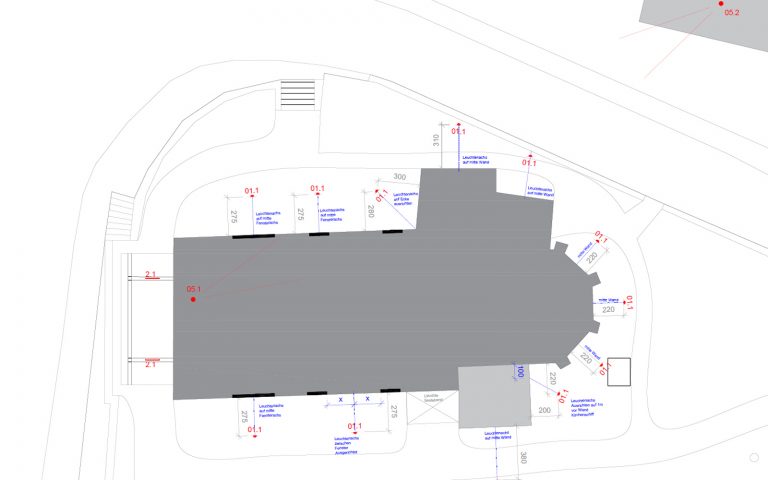
Technical development
Technical development in lighting design involves the precise integration of lighting elements into the architecture. The technical requirements for the lighting fixtures are formulated and carefully fitted into ceilings, walls and floors. The choice of product takes into account both aesthetic and functional aspects in order to create a harmonious connection between light and space. Detailed planning ensures that the selected luminaires blend seamlessly with the building structure while achieving the desired lighting effect.

Procurement
Neutral procurement in lighting design enables building owners to find optimum solutions regardless of manufacturer ties. A manufacturer-neutral lighting planner develops concepts based on individual requirements and selects products according to function, quality and price.
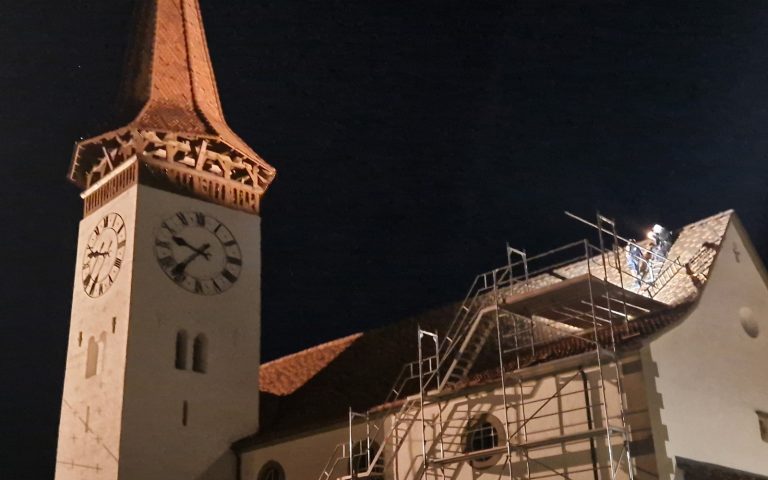
Realisation
The final step in the lighting design process is the realisation of the developed concepts. An experienced electrician installs the luminaires and lighting control systems to ensure professional operation. Numerous details must be taken into account during pre-installation and final installation to ensure that the end result meets the expectations of lighting designers and clients. The lighting designer is on hand to answer any questions and check the implementation according to the concept.
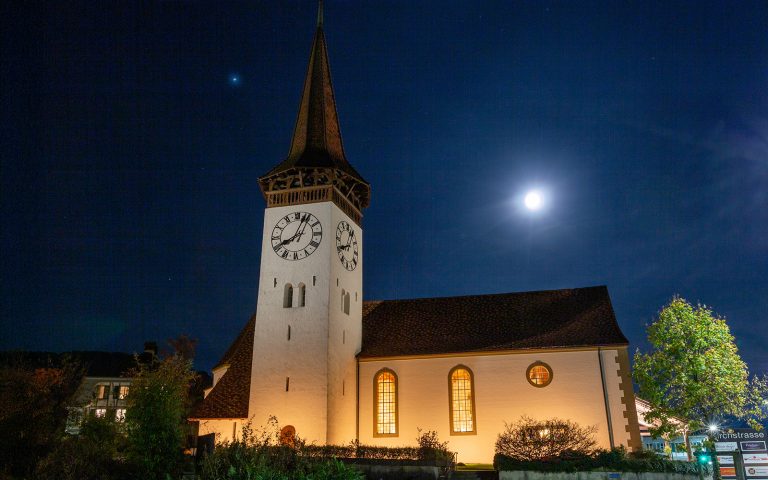
Start-up
Commissioning and lighting are crucial steps in lighting design. After careful planning and installation comes the exciting phase in which theory becomes reality. During the lighting-in phase, luminaires are precisely aligned to create the desired atmosphere. Lighting scenes are programmed and brightness levels are adjusted. This process requires sensitivity and technical know-how in order to exploit the full potential of the lighting and set the scene for rooms in the best possible way.
